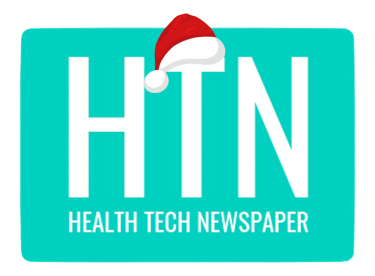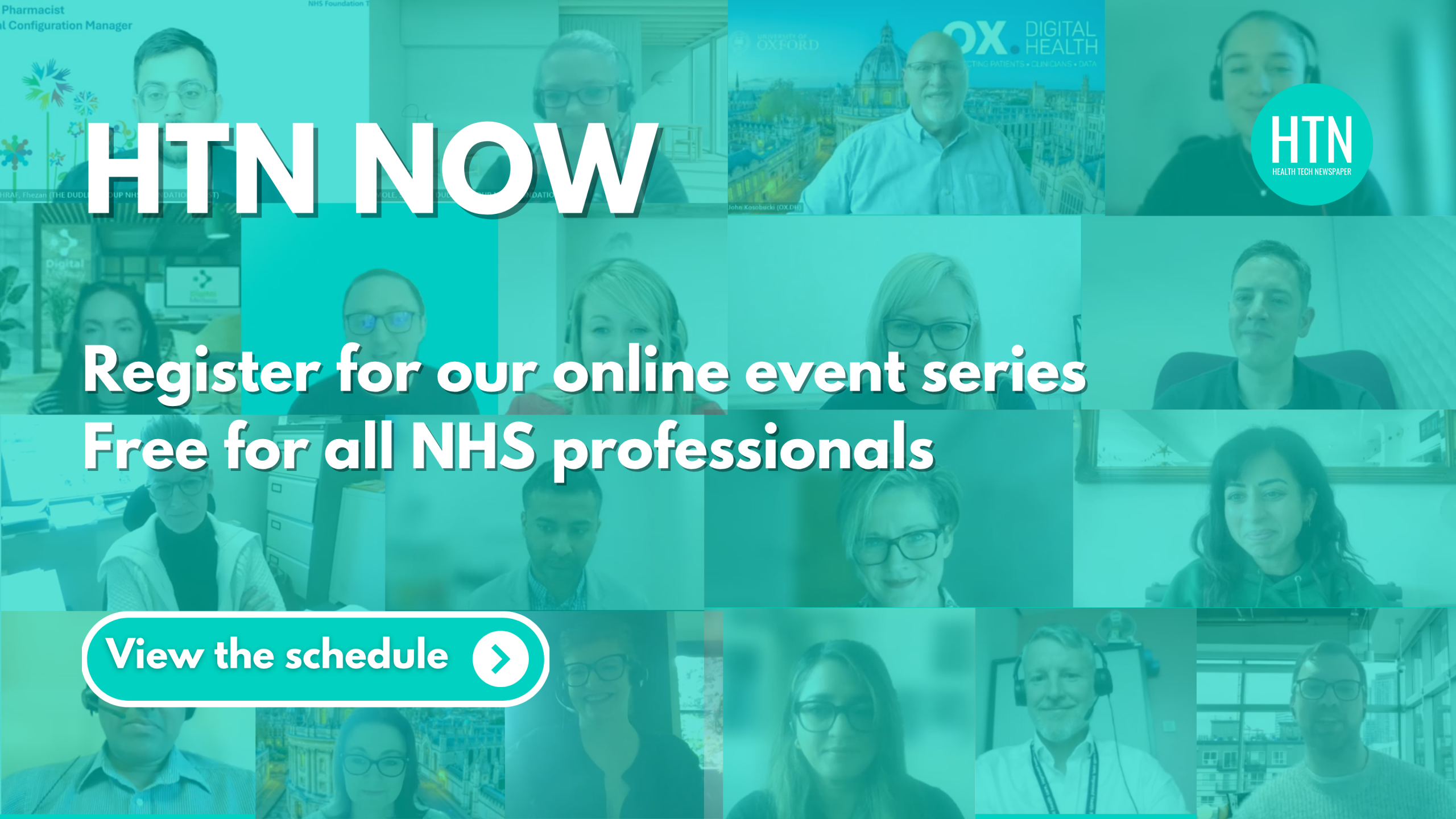A review commissioned by the Secretary of State for Health and Social Care into six organisations overseeing the safety of care has been completed, with Dr Penny Dash publishing ten main findings and a total of nine recommendations. Headline findings include that despite a shift toward safety and “considerable resources deployed”, relatively small improvements have been seen; that tech, data and analytics should play a “far more significant role” in supporting quality of care; and that insufficient use is currently being made of NHS data resources.
Covering the CQC, Health Services Safety Investigations Body (HSSIB), Patient Safety Commissioner, National Guardian’s Office, Healthwatch England and Local Healthwatch, along with the patient safety learning aspects of NHS Resolution; Dash outlines functions essential to ensuring a high-quality health and care system. These are split across four areas: developing a strategy, delivering health and care, assuring delivery, and improving.
Dash finds that there has been a shift toward safety over the last five to 10 years, with “considerable resources deployed”, but that despite this, “relatively small improvements have been seen”. The costs of a variety of new organisations and bodies are placed at £60 million per year at least, with the costs of DHSC-sponsored reviews and inquiries into safety at an estimated £100 million, and indirect costs as “considerably more”.
Safe staffing tools have been used to set expected staffing levels, potentially contributing to significant growth in hospital staffing and funding, but with mixed progress in improving safety. Noting that life expectancy remains lower than the most recent period before COVID-19, with increasing obesity levels, increased numbers of people living with long-term conditions, and continued high levels of variation in effective care; Dash states: “It appears that the focus on safety has been at the expense of other aspects of quality care.”
Findings also indicate that insufficient use is currently being made of the NHS’s data resources in order to generate insights and support improvement. As well as opportunities to build on the NHS’s reputation as “one of the most data-rich healthcare systems in the world”, there is the potential to use advanced analytics and AI to generate greater insights, Dash states. This could help organisations identify and focus on the most significant issues and challenges to improve care.
Technology to support safe and quality care is “under-developed and under-used” in comparison with other industries and health systems, Dash continues. Examples of these uses of tech elsewhere include tools to support prescribing decisions, tech-enabled diagnosis, automation of care, and continual monitoring to reduce errors in real-time. “Other safety-critical industries have developed digital tools for reporting safety incidents that ensure data can be analysed, understood and fed into safety management systems in real time,” Dash says. “They also have systems in place that use real-time, industry or system-wide data to understand flow.”
Other findings include “limited strategic thinking and planning” toward improving care quality, a high number of recommendations lacking cost-benefit analysis, a lack of representation on NHS boards for user or customer experience, a confusing system for complaints and concerns, and an expanding scope of the organisations under review. The National Guardian’s Office duplicates work carried out by providers, a greater strategic focus on care delivery and management is needed to improve care quality, and there is insufficient focus on developing a national strategy for quality of social care.
“Action is needed to address gaps in functions,” Dash notes, as well as to simplify and consolidate functions where duplication exists. “Too many functions sit outside of the commissioners and providers of care who are ultimately responsible for improving quality (including safety).” This results in limited impact from “the very many inquiries, reviews, investigations and resulting recommendations that are made”. For commissioners and providers, there needs to be a greater focus on building skills and capabilities, developing effective governance structures, and ensuring clearer accountability for quality and safety of care. The CQC, as the independent regulator of health and care, is listed as needing to “rebuild public, professional and political confidence, and should also house functions where independence is required”.
Tech, data and analytics should play a “far more significant role” in supporting quality in health and social care, one of Dash’s recommendations states, as tech such as AI has the potential to improve safety, effectiveness and responsiveness in care delivery and use of resources. “Advanced analytics and AI would enable far greater insights into where and why poor-quality care is happening – and at significantly lower cost,” it notes. “To achieve this, data needs to be high quality, easily shareable and accessible by all organisations, patients and users, and the wider public.” The Federated Data Platform is highlighted as a potential means of gathering real-time data on quality. Another of the potential benefits of using tech is its role in freeing up resources to deliver more care, and in enabling the user voice, allowing feedback to be given through the NHS App or QR codes.
Elsewhere, recommendations set out suggest enhancing the role of the National Quality Board (NQB) to take on responsibility for developing strategy to improve quality of care in line with DHSC and NHSE aims. In this role, the NQB would maintain a repository of recommendations, operating a “clearing-house” function to prioritise them, and ensuring ongoing monitoring of implementation and impact. Whilst Dash concludes that the CQC “should remain the independent regulator and oversight body” for health and care, steps needing to be taken include tailoring approaches to assessments by sector, and adopting a focus on the role of boards and governance systems.
“Most investigations into safety incidents should continue to be managed within provider organisations and commissioners (ICBs)”, to ensure rapid mobilisation and resolution. The hosting arrangement of the Patient Safety Commissioner should be transferred to the MHRA, and broader patient safety work transferred to a new directorate for patient experience within NHSE, “transferring to the new proposed structure within DHSC”. This would enable, according to Dash, the MHRA to build on current work to capture adverse events more effectively, including through the use of technology.
The role of tech in driving reform across health and care
The UK government has published its Fit for the Future: The 10 Year Health Plan for England, aiming to “build a truly modern NHS”, with focus on moving from hospital to community, analogue to digital and sickness to prevention. The plan notions a new operating model, a new era of transparency, a new workforce model with staff aligned to the direction, a reshaped innovation strategy, and a different approach to NHS finances. AI, technology and digital tools play a key role in realising the ambitions in the plan, with the UK government signalling the intention for patients to gain “real control through a single, secure and authoritative account of their data and single patient record” aiming to deliver more co-ordinated, personalised and predictive care.
With the publication of the 10 Year Health Plan, the government outlines the role of the NHS App in its health system of the future, highlighting AI-enabled features, links with wearable tech, and access to the Single Patient Record. Sir Jim Mackey, chief executive at NHS England, said: “The NHS App will be at the heart of the tech transformation we’re planning for the NHS to give people much more ownership of their healthcare – all from wherever they are at the tap of a screen.”
Under the plan, the government will undertake a national procurement for a new platform for “proactive, planned care”, offering expanded opportunities for remote monitoring. This is backed by further commitments to develop new payment models to encourage a shift in urgent and emergency care, offering financial incentives to drive neighbourhood health forward. The intention is for the platform to be available to all NHS provider organisations, offering functionality including the ability to remotely monitor patients with data flowing through the NHS App and Single Patient Record. This will reportedly encourage the proactive management of patients to “become the new normal”, allowing clinicians to reach out at the first signs of deterioration to prevent emergency admissions to hospital.





